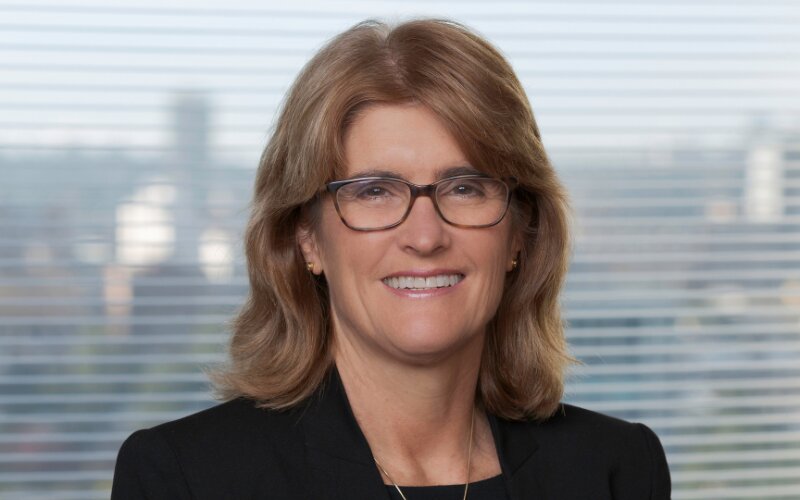Speaking on inflation and recent economic data to the 2023 Financial Review Business Summit on Wednesday, RBA Governor Dr Philip Lowe signaled recent data has indicated inflation has peaked, with the Board edging closer to a cash rate pause.
“In Australia, the monthly CPI indicator for January provided support to the idea that headline inflation has peaked in Australia,” Dr Lowe said.
“This monthly indicator is still experimental and can be volatile from month to month, so some caution is required. But the year-ended inflation rate showed a welcome decline from 8.4% in December to 7.4% in January.
“With monetary policy now in restrictive territory, we are closer to the point where it will be appropriate to pause interest rate increases to allow more time to assess the state of the economy.”
This comes despite Dr Lowe noting in his post-meeting statement that further tightening of monetary policy will be needed, painting the picture for at least one additional interest rate rise in April.
The change of tack to interpreting the monthly inflation indicator as a determinant of peak inflation comes as the RBA itself within its November 2022 Statement of Monetary Policy cited the lack of monthly price collections for many volatile items and limited outputs in the monthly inflation release.
“The quarterly inflation reading is likely to remain the principal measure of CPI inflation in Australia for the foreseeable future,” the statement read.
The last time monthly inflation was below the print of quarterly inflation was in October 2022, falling from the September quarter highs of 7.3% to 6.9%.
What has resulted from that point forward includes a further four cash rate increases, despite many calls the worst of inflation might be behind us.
Speaking to the Savings Tip Jar Podcast, Judo Bank economics advisor Warren Hogan said there may be one more rate hike, taking the cash rate to 3.85%, then the RBA will sit back for a little while
“I’m not convinced that that’s going to be the end of it,” Mr Hogan said.
“I think a lot in the market will be, even the professional markets, bond markets, and currency markets. But my concern is that this economy is strong, that this inflation is stubborn and that we may see some further rate hikes at the end of our winter going into spring.”
Mr Hogan noted the concept of the real interest rate - the interest rate minus inflation - would be telling us that the interest rate needs to not be at 3.6% or 4%, instead at the likes of 5%, 6% or 7%.
“The real interest rate right now is still negative, and from a long term perspective, that’s actually stimulatory to the economy,” he said.
“We’re miles below what other countries are at currently and the RBA has already been beaten up to not raise rates too much.
“What I’d argue is that they’re leaving us exposed to the real danger, and that is that we let this economy and inflation get away from us, with the result being interest rates going so high that the economy goes into a deep and damaging recession.
“So what I’d say [to those criticising the RBA] is to let the professionals do their job and stop making politics out of the RBA.”
Read more: Leave Dr Phil Lowe alone
Incoming data holds the key to the interest rate crystal ball
With 350 basis points' worth of monetary policy tightening in 10 months, Dr Lowe said the RBA has done a lot already in a short period of time and at some point it is going to be necessary to sit still and assess these collective effects.
“The RBA has one tool at its disposal, interest rates, in order to bring inflation back down while preserving gains in the labor market,” Dr Lowe said.
“Before our next board meeting (April 4), we will have employment data, monthly inflation, retail spending and NAB business survey which are four key pieces of data to look at.”
“If collectively they suggest that the right thing is to pause, then we will do that. But if they suggest that we need to keep going, then we will also do that.”
This is the fastest and most elongated period of cash rate tightening on record.
Dr Lowe noted that in comparison to other Western countries such as the United States, wages growth is still not too high, labor force participation is growing and Australia has a lot of variable rate mortgage debt.
“In the US, when the Federal Reserve raises their mortgage rates, if you have an existing mortgage you don’t pay more. In Australia, you do,” he said.
“Putting these factors together, we are in a better position than many other countries, but we need to continue to pay attention.”
Mr Hogan said inflation is purely a domestic story now, with the RBA not "jumping at shadows" in the international economy.
“What the RBA have got to get right is whether the domestic economy is balanced, rather than overheating or underheating,” he said.
“The reality is right now the domestic economy is on fire. Sure it might have slowed down, but until we see some pressure come off the labour market with an unemployment rate starting with a four, they are not going to be comfortable that the domestic inflation pressures are not there.”
Forecasts from RBA’s February Statement of Monetary Policy see Australia’s economy reach an unemployment rate of 4% by June 2024.
Savers to remain cautious amid interest rate volatility
With the average savings account and term deposit rate continuing to climb in line with interest rates, Mr Hogan believes in the next year a lot more people will be looking to take low-risk approaches to their savings, retirement funds and overall wealth.
This comes as the household savings ratio, measuring the value of household savings against disposable income, fell to a five-year low.
“There are a lot of different dynamics currently at work, with some saving, while others are going to have to spend savings just to survive to pay the mortgage or to pay rent,” he said.
“A bank deposit is one of the safest ways you can put your money to work with an interest rate.
“Now you are getting anywhere from 3.50% to 4.50%, which is something that savers haven’t received for almost a decade in Australia. It certainly beats buying shares that fall 30% or getting a property that falls 15% in combination with countless transaction costs as well.
“With multiple dynamics at work, term deposit products are going to be important for Australians for all the different reasons than they have been for over a decade.”
Image by Kenny Eliason via Unsplash

Ready, Set, Buy!
Learn everything you need to know about buying property – from choosing the right property and home loan, to the purchasing process, tips to save money and more!
With bonus Q&A sheet and Crossword!



 Bea Garcia
Bea Garcia
 Denise Raward
Denise Raward
 Harry O'Sullivan
Harry O'Sullivan

 Harrison Astbury
Harrison Astbury

